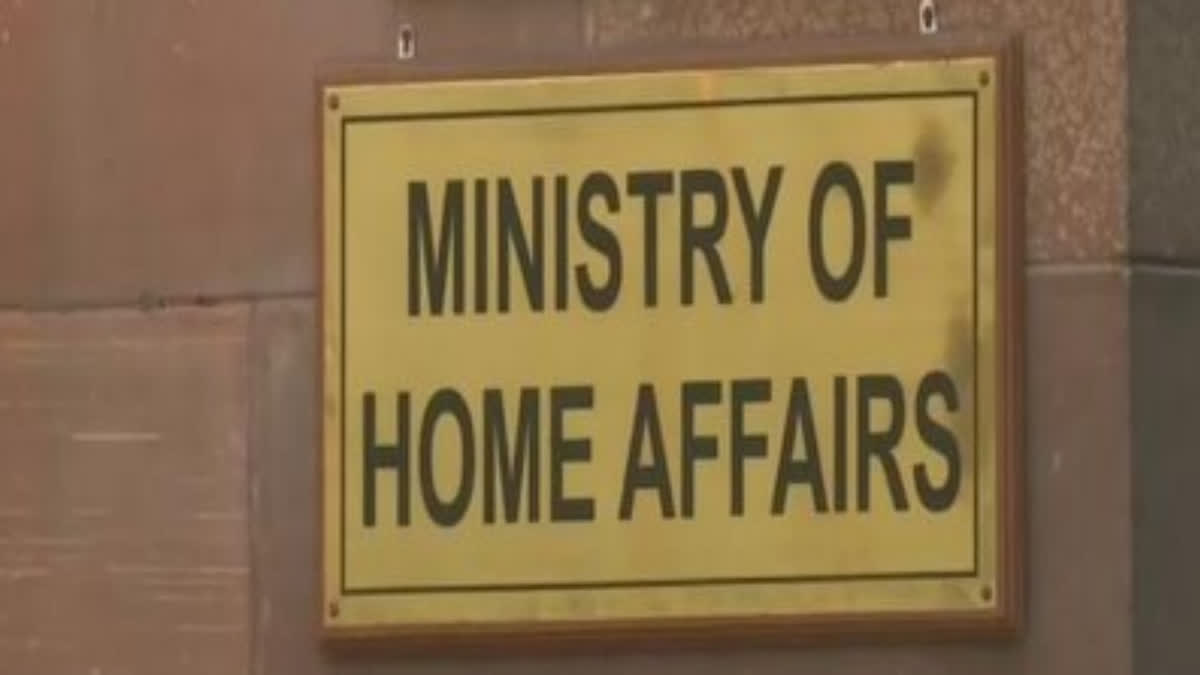New Delhi: Giving topmost priority to the 398-km long international border between Manipur and Myanmar, the Border Road Organisation (BRO) has identified an 80-km stretch of the border and a detailed project report (DPR) has been submitted to the home ministry. “The BRO has submitted a DPR of 80 km along the Manipur-Myanmar border. We hope to get an early approval from the ministry,” a senior government official told ETV Bharat on Saturday.
Home Minister Amit Shah has recently announced fencing the 1643 km long India’s border with Myanmar besides ending the Free Movement Regime (FMR) that exists in this eastern sector. At least 10 km of the porous border between India and Myanmar has already been fenced along Manipur’s Moreh sector.
Of the total 1,643 km long border with Myanmar, four north-eastern states, including Arunachal Pradesh (520 km), Nagaland (215 km), Manipur (398 km) and Mizoram (510 km) share their border with Myanmar’s Sagaing region and Chin state. Fencing and its approach roads for another 250 km along the Manipur sector are in the planning stage. The DPR for this road construction and fencing is also preparation, the official said.
However, the issue of fencing and ending FMR has already raised a major controversy with the Chief Minister of two States openly opposing such a move of the Central government. During his recent visit to New Delhi, Mizoram Chief Minister Lalduhoma appealed to both Prime Minister Narendra Modi and Home Minister Amit Shah to give importance to the ethnicity of the people of bordering States.
Nagaland Chief Minister Neiphiu Rio was also vocal against the Centre's move to scrap FMR and fence the border. Emphasising a workable formula, Rio said that many people live on the Indian side, but their farms were on the other side. Talking to this correspondent, Suhas Chakma, Director, of Rights and Risks Analysis Group, a New Delhi-based think-tank said that the lifting of FMR without border fencing will have no impact whatsoever because people will only avoid the proper Indo-Myanmar check gates.
“Also, border fencing will require having roads along the Indo-Myanmar border to carry the materials for construction. At present, there are no such roads along the Indo-Myanmar border. If India were to build the same, it might be completed in 2050 looking at the time taken to construct Indo-Bangladesh border fencing in plain areas with proper connectivity. The question of lifting of FMR or fencing the border would not have arisen, had the situation in Manipur been brought under control immediately,” said Chakma.
He said that the movement of the people shall continue even if the FMR is withdrawn. The only solution is to have a refugee law which allows people to claim asylum if they are qualified. “At present, under the CAA, those from Myanmar are not qualified while those from Bangladesh, Pakistan and Afghanistan qualify. India needs to have a cogent policy on refugees and asylum seekers,” said Chakma.
The FMR allows people living within 16 km of the international border on both sides to travel without a visa. They only need to produce a paper issued by the local authority. The FMR came into existence in 2018 as part of the Narendra Modi government’s Act East policy. The FMR also envisaged the promotion of localised border trade through customs stations and designated markets apart from helping the people of Myanmar access better education and healthcare facilities on the Indian side of the border.
The India-Myanmar border divided people of the same ethnicity and culture-especially the Nagas of Nagaland, and Manipur and the Kuki-Chin-Mizo communities of Manipur and Mizoram. The majority of the area along this international border passes through hills and jungles. For decades, security forces guarding the border have been fighting with the insurgents who have their bases in the Chin and Sagain regions in Myanmar. Security agencies believe that insurgent groups taking advantage of the free movement regime keep coming in from across the border and get involved in Manipur violence that started in May last year.



